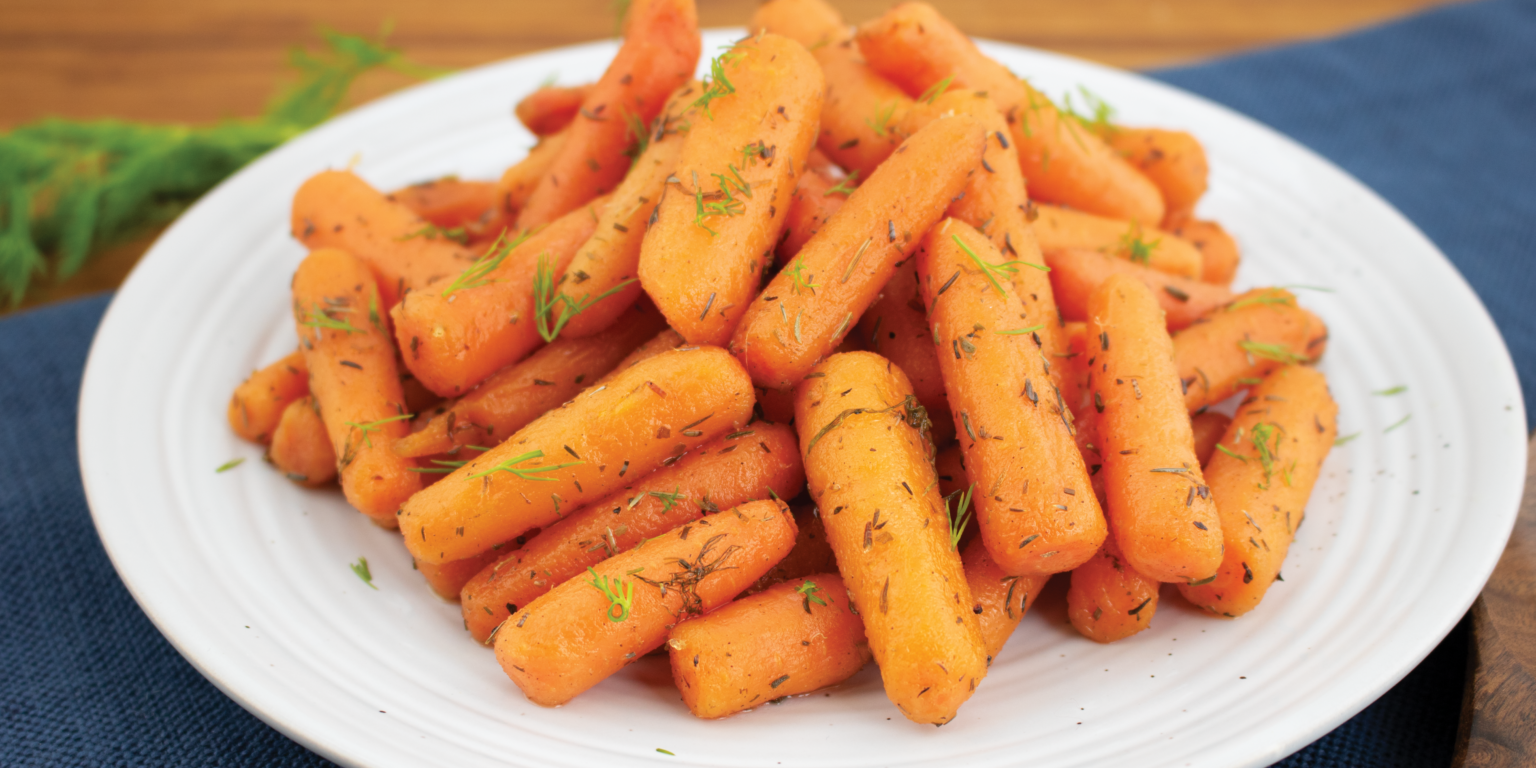Vegetables are vegetables, regardless of whether they come from a can or a backyard garden. Canned vegetables are high in vitamins, minerals, and antioxidants, and despite being almost as nutritious as fresh vegetables, they are often overlooked. These veggies have a long shelf life, are available year-round, and provide an affordable way to reach the recommended daily intake of 2.5 cups of vegetables.
Nutrition Breakdown of Canned Vegetables
Vitamins and Minerals
The canning process often involves high heat, which can decrease the amounts of vitamin C and B vitamins in the final product. However, most other vitamins, minerals, and antioxidants are unaffected. As a result, canned vegetables are still an excellent source of nutrients.
Unfortunately, canned vegetables may contain high amounts of sodium, but there are several ways to reduce this before cooking, as is mentioned in the “How to Prepare” section below.
Fiber
Fiber is a big reason why fruits and vegetables are so beneficial for maintaining good health. It acts like a natural broom for your digestive system, sweeping out undigested food, toxins, and cholesterol from your body. Find fiber in plant-based products like fruits, vegetables, and grains. Contrary to popular belief, canned vegetables contain the same amount of fiber as fresh vegetables. Some high-fiber canned vegetables include spinach, artichokes, mushrooms, and pumpkin.
Taste and Texture of Canned Vegetables
Compared to fresh vegetables, canned vegetables may have a different taste, texture, or appearance due to the canning process. For example, canned green beans are a darker green and soft in texture compared to bright green, crisp fresh green beans. However, these differences don’t necessarily mean that canned vegetables are less healthy. They can be just as nutritious and make increasing vegetable intake more convenient and affordable.
Varieties of Canned Vegetables
Canned vegetables come pre-cut, pre-cooked, and ready to eat. Different categories include regular, low-sodium, and those that contain added spices or sugars.
Let’s take a closer look at each type.
Regular
Canned vegetables may contain a singular type of vegetable or a vegetable medley (for example, if a can contains carrots, potato, corn, and green beans). Regular canned vegetables generally contain added sodium.
Low-sodium
One way to reduce the amount of sodium in your diet is to buy low-sodium varieties of canned vegetables. Look for labels such as “reduced sodium” or “no salt added”. These are often sold at the same price as regular.
Additional Flavorings
Some varieties of canned vegetables come pre-flavored, such as Italian-style diced tomatoes or creamed corn. Though this can be an easy, flavorful addition, watch out for increased sugar and sodium.
One can of Italian-style diced tomatoes may contain over 800mg of sodium, while one can of creamed corn could contain over 20g of added sugars. MyPlate guidelines encourage less than 2000mg of sodium per day and to limit added sugars to 25g/day for women and 36g/day for men.
To find this information, check out the nutrition label on the back of the cans. You can find the amount of sodium and added sugars here. Be sure to check the serving size and multiply these numbers by how much you are consuming to find out what your actual intake is.
See the following table for a breakdown of the added sodium and sugar in different types of canned corn
| Creamed corn | Canned corn, regular | No salt added canned corn | |
| Sodium per serving | 300mg | 200mg | 10mg |
| Added sugars per serving | 6g | 0g | 0g |
*from major grocery store retailer website, accessed 3/21/24
How to Prepare Canned Vegetables
To reduce the sodium content of canned vegetables, you can place them in a colander or bowl in the sink and run cold water over them, which can reduce the sodium content by up to 23 percent. This step is unnecessary if you purchase no-salt-added varieties.
Preparing canned vegetables is easy since they are precooked and precut. Simply add them to your dish while cooking.
How to Use More Canned Vegetables
Enjoy the health benefits of canned vegetables as the star of your dish or as a sneaky ingredient!
- Create a healthy, homemade pasta sauce by adding diced tomatoes, mushrooms, and artichoke hearts.
- In the summer, make a refreshing pasta salad with canned vegetables such as corn, carrots, or olives.
- Create a simple vegetable soup with canned corn, asparagus, and vegetable medley.
- Make a tomato bisque using low-sodium diced tomatoes.
- Throw some extra vegetables like spinach and peas into canned soups, such as chicken noodle soup.
- Add canned bamboo shoots or water chestnuts to your next stir fry or in instant ramen.
- Use them in chicken and rice casserole, tuna noodle casserole, or broccoli and cheese casserole.
- Add canned vegetables like mushrooms, drained diced tomatoes, or green chiles to your quesadillas and grilled cheese sandwiches.
Storage and shelf life
Canned vegetables can last several years if properly stored in a cool, dry location. However, it’s important to note that the taste and texture of the vegetables may decline over time, so make sure to use the oldest cans in your pantry first.
When you go grocery shopping, avoid bulging or dented cans. These are signs of contamination, which may make it unsafe to eat.
Summary
In conclusion, canned vegetables are a convenient and cost-effective way to incorporate more vegetables into your diet. While they may have a slightly different taste and texture compared to fresh produce, they are packed with essential nutrients and fiber. When shopping for canned vegetables, check the nutrition label and choose low-sodium whenever possible. The next time you go grocery shopping, don’t forget to stock up on some canned veggies. Visit ChooseHomemade.org whenever you need some healthy meal inspiration. Happy cooking!

